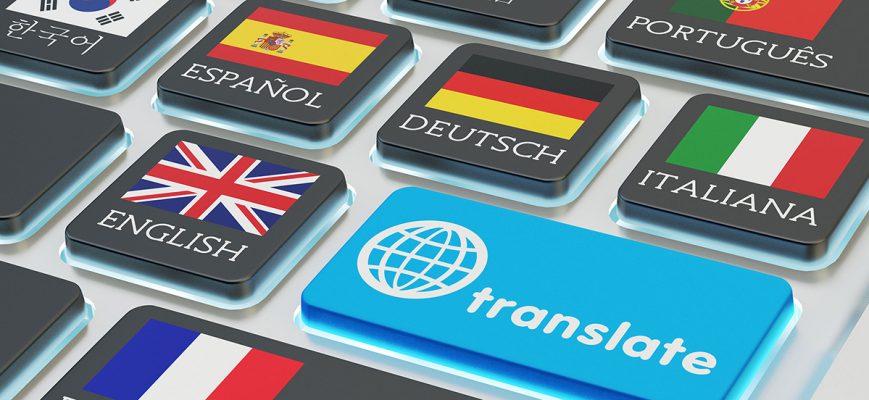How to obtain a Word Count and calculate the cost of Translation
The total word count of your document or project determines how much it will cost to translate it, and how long the translation will take. To obtain a word count for a single document:
- Microsoft Word: Go to the Tools menu and select Word count — it will appear as a dialogue box.
- InDesign: There’s no easy way to get a word count in InDesign (Adobe should really fix that). But there is a simple workaround: Export the InDesign document to PDF. Open the PDF in Adobe Acrobat, and export as a Word document. Open in Word and select Word Count from the Tools menu.
- InDesign (professionals): There are a number of free scripts available — there’s one here — but we would suggest doing your own research before installing anything!
- PDFs: Open the PDF in Adobe Acrobat, and export as a Word document. Open in Word and select Word Count from the Tools menu.
We use specialised translation software (CAT tools) with which we can analyse the text and establish word count, as well as the number of repeated segments, and more. So, you can also simply send us the document and we’ll send you a quote.
Related topic: How to get an accurate (and speedy) Translation Quote
Words within images
Words that appear in, or on, a photo or graphic (eg. JPG or PNG) are not editable, and will not be included in any automated word count. For translation, we will need to re-type the text, and re-insert it into the original file after translation. Text that appears in a vector file (eg. AI, SVG, EPS) is usually editable — it’s essential to remind your designer not to “outline” the text. For translation, we will need to extract the text from the original file, and re-insert it post-translation.
We offer an integrated Translation & DTP service that will take care this, and many other problems! Integrating design, DTP and translation has a number of benefits. Firstly, quality control and review costs are negligible since DTP and translation are in the hands of the same team. This reduces delivery times, increases productivity and eliminates the risk of errors. These benefits translate into a significant cost reduction, boosting your translation ROI.
Cost by word
Most translation agencies charge per word — so the total cost is calculated by multiplying the word count by the price per word. So, let’s say the word count of the source document is 5,000 words, and the price is 0.09€ per word. The cost of the translation would be 5,000 x 0.09 = 450€.
Prices vary between language combinations — usually, the more common the combination (eg. English to Spanish) the cheaper it will be. If you are translating into less widely-spoken language the charges will be higher, as there are fewer professional translators available. That said, we offer over 50 language combinations.
Other costing factors
At QuickSilver Translate we offer four pricing levels, and we make recommendations to customers based on their business goals and objectives. Which level of service is chosen for any given project depends on:
- How important is the document?
- Is it for internal use, or will you send it to clients?
- How fast do you need it?
- And, how much review time are you willing to spend internally?
Other factors that may impact on price
- Turnaround: urgent translations can always be done, but if we ask our translators to work overnight, we do compensate them. Really urgent projects may require two translators working in tandem. In this case, we would highly recommend a single reviewer to avoid variations in style.
- Specialist knowledge: for example, a medical or legal translation requires a specialised translator with expertise in this field.
- Sworn translations: only a sworn translator, who is certified and legally authorised, can carry out a sworn translation. Sworn translators need to have a high level of expertise. Furthermore, they agree to abide by precise rules, and to be bound by an ethical code. As a result, sworn translations are more costly than regular translation services.

